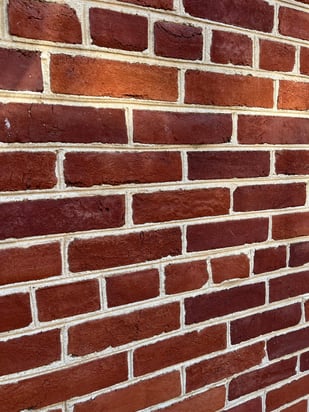Specifying Mortars for Repointing Historic Masonry
Tuesday, June 11, 2024 | 12-1 p.m. Eastern Time
1 LU/HSW

Learning Objectives:
- Understand historic mortar material properties and composition, emphasizing binder type, history of use, and manufacture to ensure safe and proper replacement.
- Determine how to assess if mortar analysis is necessary for a specific project, what options are available, and how to interpret the data produced.
- Review how to properly select and specify appropriate pointing and replication mortars for historic masonry projects and recognize potential deterioration caused by incorrect mortar selection to help maintain building stability.
- Discuss lessons learned from project case studies on mortar analysis and selection to assist in safeguarding the biosphere.
About the Speaker
Casey Weisdock
director of industry development and technical services, IMI
 Casey is an architectural conservator whose professional experience spans preservation design, project management, and contracting/implementation. She is a graduate of Temple University and the University of Pennsylvania.
Casey is an architectural conservator whose professional experience spans preservation design, project management, and contracting/implementation. She is a graduate of Temple University and the University of Pennsylvania.
Previously, Casey served as an architectural conservator and site manager, focused primarily on the preservation of historic structures through research of traditional materials, and implementation of traditional repair methods and contemporary restoration techniques.
Today, Casey supports the masonry restoration industry internationally, and is also a regional director, providing support for all masonry projects, new and existing, at the local level. She's a developer and instructor of the Historic Masonry Preservation Certificate (HMPC) training offered through the International Masonry Training and Education Foundation (IMTEF). Casey is also the Board Chair Emeritus of the Association for Preservation Technology– Delaware Valley Chapter (APT-DVC).
